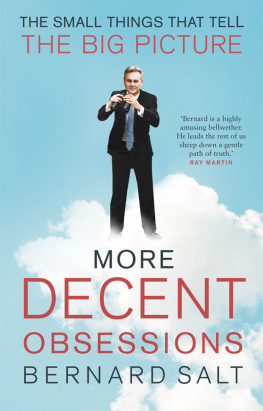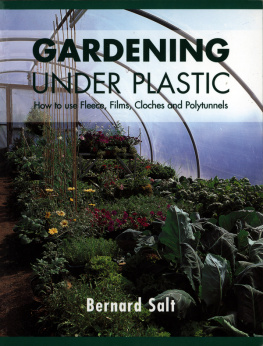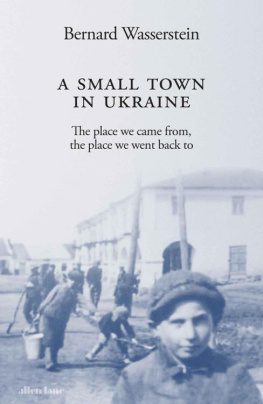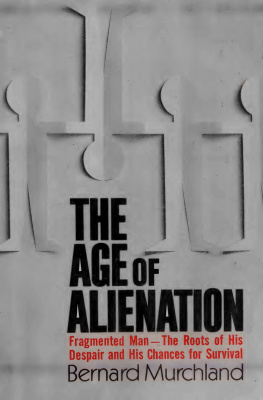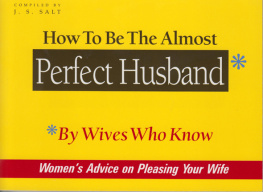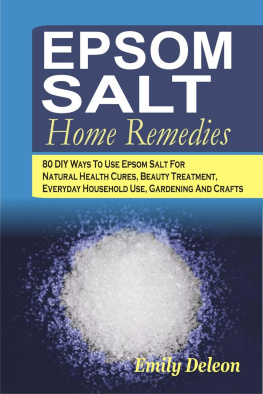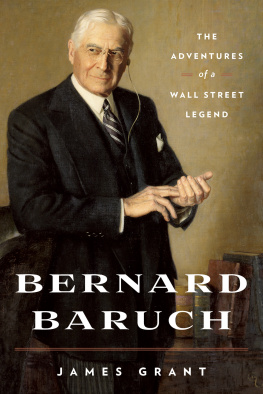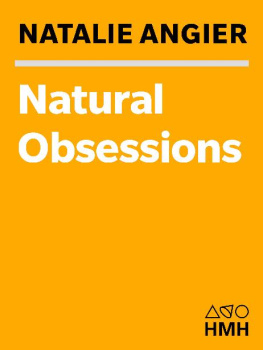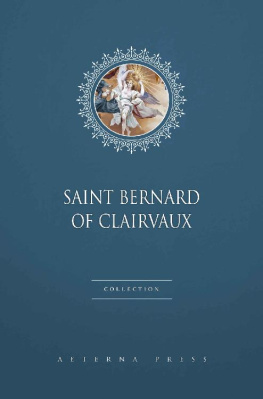MELBOURNE UNIVERSITY PRESS
An imprint of Melbourne University Publishing Limited
1115 Argyle Place South, Carlton, Victoria 3053, Australia
mup-info@unimelb.edu.au
www.mup.com.au
First published 2014
Text Bernard Salt, 2014
Design and typography Melbourne University Publishing Limited, 2014
This book is copyright. Apart from any use permitted under the Copyright Act 1968 and subsequent amendments, no part may be reproduced, stored in a retrieval system or transmitted by any means or process whatsoever without the prior written permission of the publishers.
Every attempt has been made to locate the copyright holders for material quoted in this book. Any person or organisation that may have been overlooked or misattributed may contact the publisher.
Cover design by Design by Committee
Typeset by Typeskill
Printed in Australia by McPhersons Printing Group
National Library of Australia Cataloguing-in-Publication entry
Salt, Bernard, 1956 author.
More decent obsessions/Bernard Salt.
9780522866919 (paperback)
9780522866926 (ebook)
Includes index.
Generation XAustraliaAttitudes.
Generation YAustraliaAttitudes.
AustraliaSocial life and customs.
305.2
MODERN Australia is a vastly different community from the community that I knew when I was growing up in a small town in western Victoria. The Australia that I knew then was Anglo-orientated or white bread, as is the fashionable term today. Not that I knew what the term Anglo (let alone white bread) meant in the 1960s: the Englishness of Australian society, and especially of Australias rural community at this time, was taken for granted. We were not aware of a skew towards an Englishness, or indeed a Scottishness or an Irishness, in my home town; it was just the way things were. How things have changed. Any native resident over the age of fifty cannot but be struck by the pace and scale of the social and economic change that has shaped Australia in recent decades.
This bookcomprising some of my writings in The Weekend Australian, together with other commentary, research and general investigationdocuments and observes these changes. The various elements of change can be measured over time with social and economic data or they can be discerned by social observation. When I was growing up, men and women did not kiss upon greeting each other in a social situation. They do so today. The decidedly modern and somewhat chi-chi protocol of kissing a member of the opposite sex on each cheek is a tradition that the Australian community has absorbed as a consequence of Mediterraneanmostly Greek and Italianimmigration. Women will kiss each other on the cheek, but generally men will not. Perhaps such a greeting will become de rigueur in Australia by the 2030s or even earlier.
I like to refer to modern Australia as a fusion culture that has evolved as it has absorbed new ethnic and cultural influences. In the 1960s, native-born Anglo Australians referred to Mediterranean food as wog food. However, by the 1980s a discernible shift had taken placeemanating mostly from Sydney and Melbourne and the smaller capitalsthat saw Anglo influences recede and Mediterranean influences advance. Australians realised by the end of the 1980s that the new migrant foods were indeed better than our food and all of sudden very different dishes were being cooked in everyday Australian homes. Anglo tea receded and continental coffee advanced. Out with chops and three veg; in came pasta, olive oil and the spicy exotica of peppery arugula.
Even the Australian sense of design shifted to embrace the cleaner, minimalist lines of places like Milan. Australian architect Robyn Boyd had flagged minimalist design a generation earlier but it was a look that I dont think was ever embraced by mainstream Australia. Indeed in the 1980s an extension to a fashionable terrace house in Sydneys Paddington or Melbournes Carlton would have been executed in a rich and opulent Victoriana style, in keeping with the style of the original dwelling. By the mid-1990s, after forty years of Mediterranean migration, that same extension would have been executed in the form of a minimalist glass and polished concrete block. The clean, lean, minimalist lines of our Mediterranean influences were being absorbed by a rising, educated, well-travelled and, above all, aspirational middle class in Australia.
Even our dress sense shifted. Forty-something baby boomer men in the 1990s started shaving their receding hair and started dressing completely in black; they also began wearing edgy black glasses to complete the cosmopolitan look. Here was a convenient fusion of the need for boomer men to engage with middle age in new ways, and a new design look that legitimised baldness and that favoured dark, slimming colours.
By the end of the twentieth century, urban Australians as well as some provincial enclaves were beginning to measure social sophistication through what might be des cribed as a new way of living. That new living style was definitively Europeananything but Anglo. In fact the Australian climate is more closely aligned to the Mediterranean outdoorsy lifestyle than it is to the London indoors lifestyle. New houses built from the 1990s onward began to emphasise the deck, the terrace, the patio, which all mean pretty much the same thing: an area for outdoor living and dining. I understand that the latest incarnation of this outdoors eating space is simply known as alfresco.
But this has been no slavish absorption by Anglo Australians of all things Mediterranean. The Mediterranean influences made their own contribution to Australias new fusion culture. What evolved was a merging of European sophistication with the Australian climate and Australians penchant for lifestyle. This was always going to be a cultural match made in heaven. The Italian-inspired alfresco space is just as likely today to have an Australian-inspired six-burner barbecue, replete with wok-burner and teamed with an outdoor sink and minibar. As twee as this may seem, I also think that in Melbourne the new fusion culture emerged rapidly from the 1970s, when Anglo Melburnians realised that Mediterranean Melburnians could actually play real (Aussie Rules) football.
While there are numerous academic publications on the subtle cultural influences of immigration and the way in which the host societyAnglo Australiahas been shifted, shuffled, merged and fused by and with other ethnicities, such studies have had only a limited impact on popular culture and consciousness. And yet to my mind this is one of the most powerful forces to have shaped modern Australia. This is not to say that Australia is unique in this journey of cultural evolution and revolution. The United States, for example, is being reshaped by Latino and Asian influences, just as it has, for 200 years, been shaped by African American influences. The same might be said of West Indian, Indian and Pakistani influences on London, or indeed of North African influences on Paris. But for Australia the new ethnic influences have been most profound. It is the combination of a small and largely Anglo population base accommodating large-scale immigration over decades that has so changed Australian society. And to my way of thinking this change has been a change for the better.




